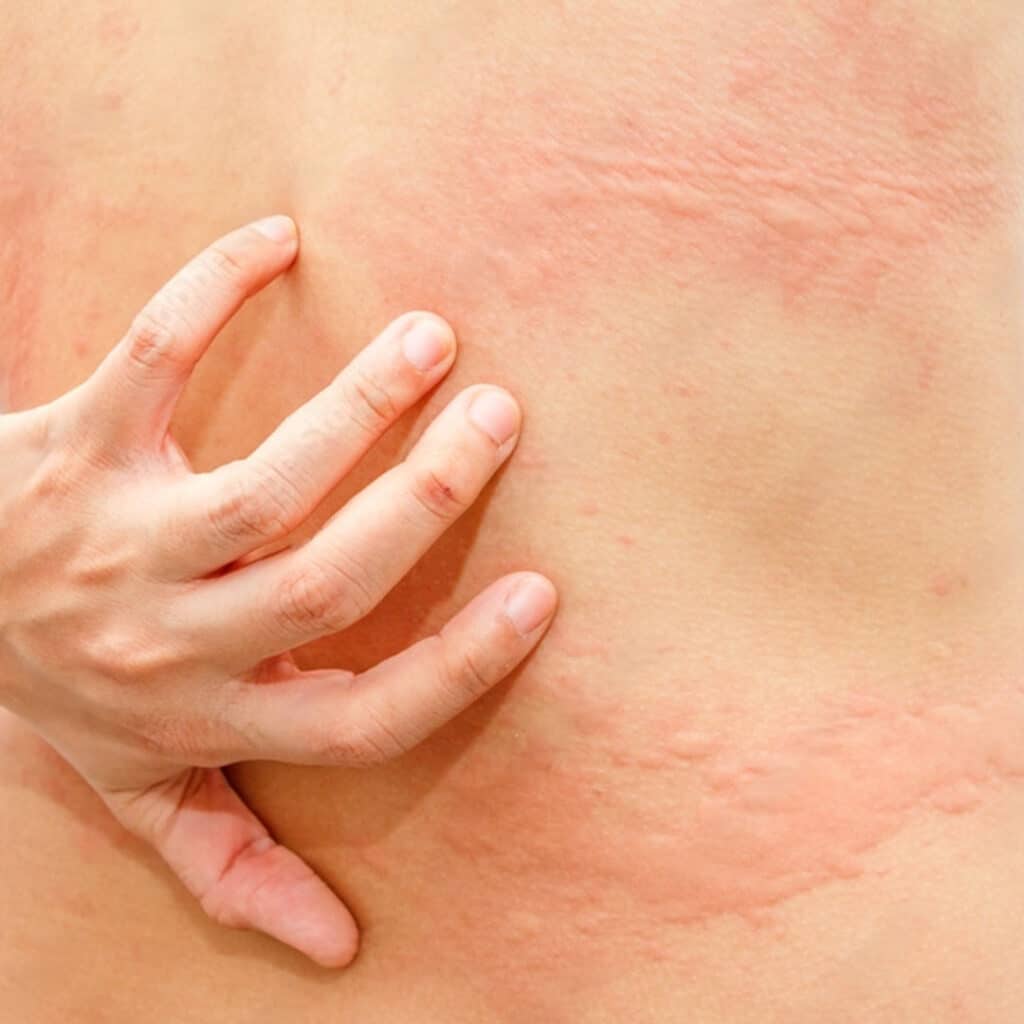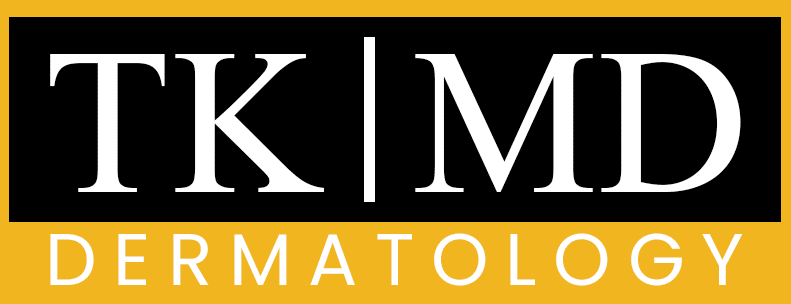What is Hive ?
Hives, also known as urticaria, are raised, red, itchy welts on the skin that can occur in response to various triggers, including allergies, infections, or physical stimuli such as pressure or temperature changes. Hives can be small and appear only in a few places, or they can be widespread and cover large areas of the body.
The exact cause of hives is not always known, but they are thought to be the result of an overactive immune system response that releases histamine and other chemicals into the bloodstream, causing the skin to become red, swollen, and itchy.
Treatment for hives typically involves avoiding the triggers that cause the hives and taking antihistamines or other medications to reduce itching and swelling. In severe cases, corticosteroids may be prescribed. In some cases, hives may go away on their own within a few days to a few weeks, but if they persist for a long time, it is important to see a doctor for a proper diagnosis and treatment.

Identifying What Triggers Hives
Identifying the trigger or triggers that cause hives can be a challenge, as many different factors can contribute to the development of hives. Some common triggers include:
Allergies: Foods, medications, insect stings, and other allergens can trigger hives. Common allergens that can cause hives include peanuts, tree nuts, eggs, shellfish, and strawberries.
Infections: Certain infections, such as viruses and bacteria, can cause hives as part of the body’s immune response.
Physical stimuli: Physical stimuli, such as pressure, temperature changes, and exposure to sunlight, can cause hives in some people.
Stress: Emotional or physical stress can trigger hives in some individuals.
Certain medical conditions: Some medical conditions, such as autoimmune diseases, can also cause hives.
To identify the trigger or triggers for your hives, it may be helpful to keep a journal to record when hives occur and what you were doing, eating, or exposed to just before the hives appeared. This information can be used to help identify potential triggers, which can then be avoided or treated.
It’s also important to see a doctor for a proper diagnosis and treatment, especially if the hives are persistent, severe, or accompanied by other symptoms such as difficulty breathing or swelling of the face, lips, or tongue. Your doctor may also perform tests to determine the cause of your hives and develop a personalized treatment plan to manage them.


Are Hives Cause for Concern?
In most cases, hives are not a cause for serious concern, and they can be treated effectively with over-the-counter or prescription medications. However, hives can sometimes be a sign of a more serious underlying condition, and it is important to seek medical attention if:
The hives are accompanied by other symptoms such as difficulty breathing, swelling of the face, lips, or tongue, rapid or irregular heartbeat, or dizziness.
The hives persist for a long time or recur frequently.
The hives are very severe, widespread, or affect the face, lips, or tongue.
The hives are associated with a known allergy or anaphylaxis.
If you experience any of these symptoms, it is important to seek immediate medical attention, as they can be signs of a potentially life-threatening reaction known as anaphylaxis.
In conclusion, hives are generally not a cause for serious concern, but it is always a good idea to see a doctor for a proper diagnosis and treatment, especially if the hives are persistent, severe, or accompanied by other symptoms.
Hives Treatments?
The treatment of hives typically depends on the severity and duration of the symptoms, as well as the underlying cause of the hives. Some common treatments for hives include:
Antihistamines: Over-the-counter and prescription antihistamines, such as diphenhydramine (Benadryl) and loratadine (Claritin), can help relieve itching, redness, and swelling associated with hives.
Topical creams and ointments: Topical creams and ointments, such as calamine lotion, can provide relief from itching.
Corticosteroids: In severe cases, corticosteroids may be prescribed to reduce inflammation and itching. Corticosteroids can be taken orally or applied topically, and they are usually used for short-term treatment.
Avoiding triggers: If a specific trigger, such as an allergen, is identified, avoiding that trigger can help prevent future outbreaks of hives.
Immune therapy: In some cases, immunotherapy, also known as allergy shots, may be recommended to help reduce the sensitivity to allergens and prevent future outbreaks of hives.
It is important to see a doctor for a proper diagnosis and treatment, especially if the hives are persistent, severe, or accompanied by other symptoms such as difficulty breathing or swelling of the face, lips, or tongue. Your doctor may also perform tests to determine the cause of your hives and develop a personalized treatment plan to manage them.

